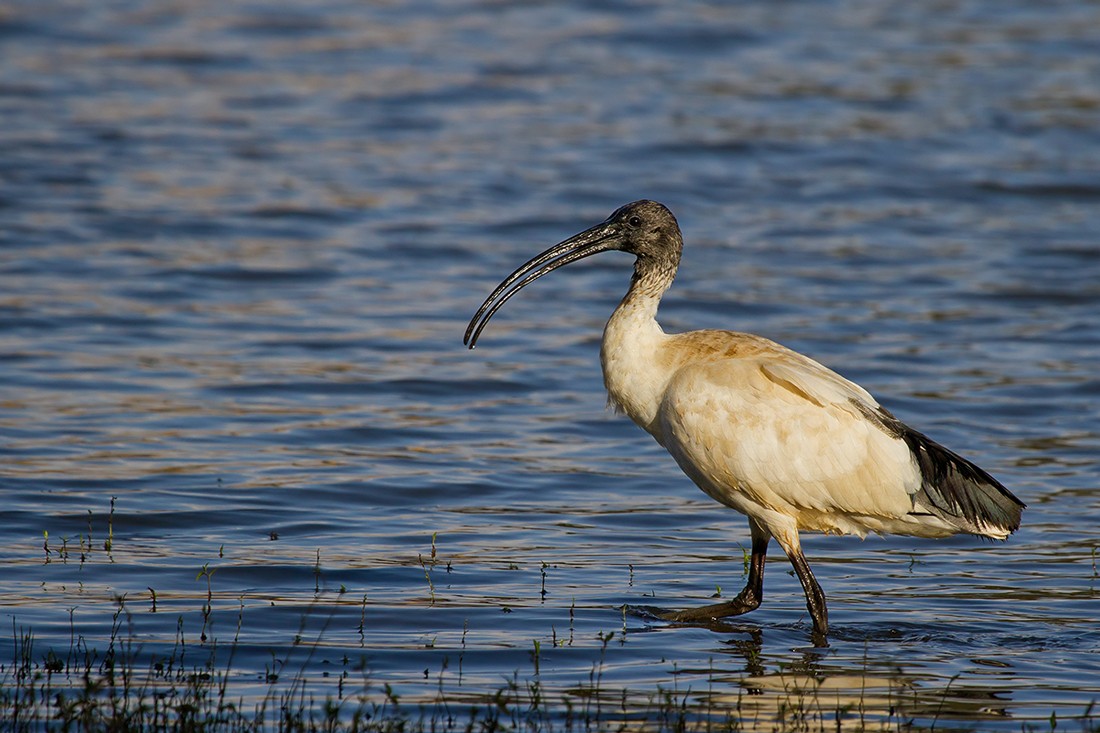Australian White Ibis
A species of Sacred Ibises and Allies, Also known as Australian Bin Chicken, Sandwich Snatcher, Tip Turkey Scientific name : Threskiornis molucca Genus : Sacred Ibises and Allies
Australian White Ibis, A species of Sacred Ibises and Allies
Also known as:
Australian Bin Chicken, Sandwich Snatcher, Tip Turkey
Botanical name: Threskiornis molucca
Genus: Sacred Ibises and Allies
Content
Description People often ask General Info
Description
The Australian white ibis is a fairly large ibis species, around 65–75 cm (26–30 in) long and has a bald black head and neck and a long black downcurved beak, measuring over 16.7 cm (6.6 in) in the male, and under in the female. There is some sexual dimorphism in size, as the slightly heavier male weighs 1.7–2.5 kg (3.7–5.5 lb) compared to the 1.4–1.9 kg (3.1–4.2 lb) female. As a comparison, the American white ibis generally attains 1 kg (2.2 lb) in weight. The body plumage is white although it may become brown-stained. Inner secondary plumes are displayed as lacy black "tail" feathers. The upper tail becomes yellow when the bird is breeding. The legs and feet are dark and red skin is visible on the underside of the wing. Immature birds have shorter bills. The head and neck are feathered in juveniles. The call is a long croak. The Australian white ibis reaches sexual maturity in three years, and can reach twenty-eight years of age. 
Size
65 - 75 cm
Life Expectancy
28 years
Nest Placement
Tree
Feeding Habits
Australian White Ibis consumes terrestrial and aquatic invertebrates, favoring crayfish and mussels. It forages by digging with its long bill and is also known to eat human scraps.
Habitat
Australian White Ibis dwells chiefly in wetland habitats including marshes, swamps, and floodplains, and is also common in coastal areas like mudflats and mangroves. They occupy grasslands and farmlands, adapting to urban settings such as parks and waste facilities. Breeding occurs in diverse wetland environments, including urban locations.
Dite type
Omnivorous
People often ask
General Info
Feeding Habits
Bird food type
Distribution Area
The Australian white ibis is widespread in eastern, northern and south-western Australia. It occurs in marshy wetlands, often near open grasslands and has become common in Australian east-coast city parks and rubbish dumps in the urban areas of Wollongong, Sydney, Perth, the Gold Coast, Brisbane and Townsville. 
Scientific Classification
Phylum
Chordates Class
Birds Order
Pelicans and Relatives Family
Ibises and spoonbills Genus
Sacred Ibises and Allies Species
Australian White Ibis 